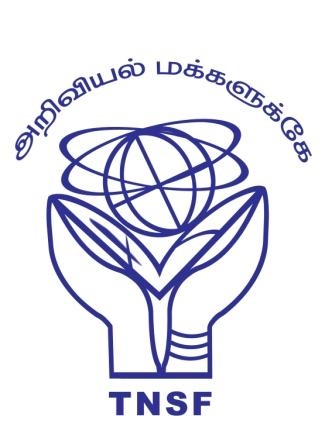About Program

This is part of its efforts to popularize science to the general public and students who are pursuing science as their career. TNSF attempt to focus on students on higher science as everyone knows that learning of science at college within the curriculum is not enough to acquire holistic knowledge of science at the appropriate time. Hence, to fill the gap between what students are acquiring through the curriculum and what it is required, TNSF is planning its activities on higher science to students who are pursuing higher education.

Abstract Knot theory is a branch of mathematical study of topology. Knots are well known to us when tie shoelaces, or ropes, or telephone coils, or when we tie around our waist using towels. Originally it was inspired to describe the variety of elements like hydrogen, oxygen, carbon, nitrogen, helium. etc., They were thought of as vortex knots in fictitious ether. That idea was not useful but the mathematical theory developed. Now the theory is applied in several areas of physics, chemistry, biology, and even cryptography. The circular DNA molecules are also thought of as knots. Dr. TRG will explain the historical development of the subject and some applications. This will be elementary talk without requirements of advanced mathematics....